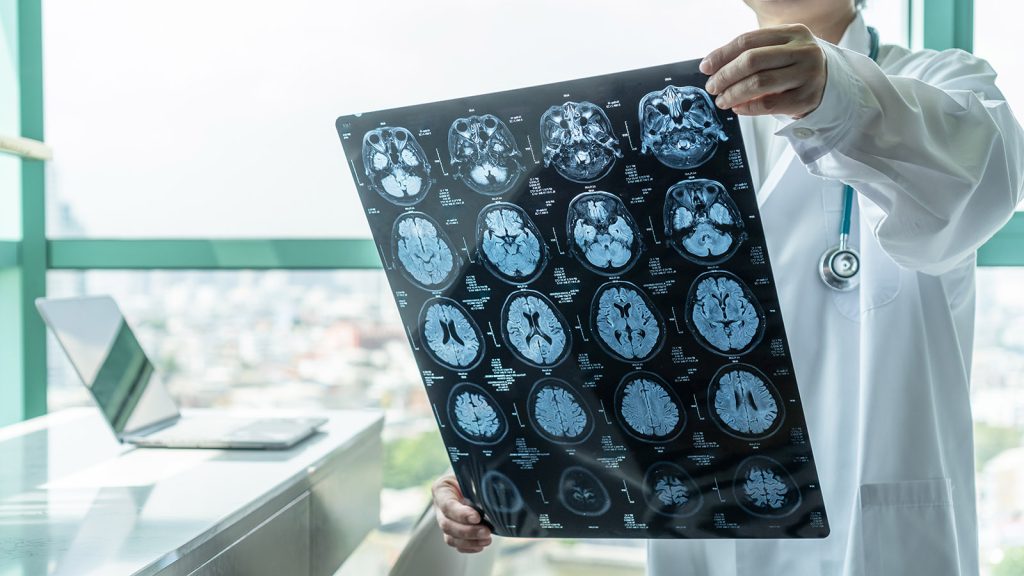The sensation of pain is familiar to all of us, and its causes can be varied and not always fully understood. There are different ways to cope with pain, some more effective than others. In this chapter, we will explore several approaches that explain how the perception of pain can be reduced.
The Human Instinct of Touch as a Means of Relief
When we get hit, poked, or injured in a way that causes pain in a certain part of the body, our natural instinct is to rub or gently touch the affected area. Almost immediately, we feel some relief.
Although there are emotional aspects to gentle touch, we will focus here on the physiological mechanisms that explain why light touch, rubbing, mild electrical stimulation, or scratching may help reduce the sensation of pain.
The Gate Control Theory
This explanation is related to the “Gate Control Theory.” Immediate pain is transmitted through fast nerve fibers to the spinal cord, where an instinctive reaction occurs to avoid further pain and protect the body, along with a signal to the brain for processing and response. Pain that lasts more than 2–3 seconds is carried by slower nerve fibers toward the spinal cord. This mechanism is also explored in natural approaches to migraine management, as it focuses on reducing pain perception in a non-invasive, drug-free way.
Flooding the Gate With Sensory Stimuli
Sensory inputs such as gentle touch, light scratching, or mild electrical current (as in TENS devices) are transmitted through faster fibers toward the spinal cord. At the entry point of the spinal cord, there is a “gate” that can process only a certain amount of input. When this gate is filled with sensory signals, the passage of pain signals is reduced, and therefore the sensation of pain decreases. Once the sensory stimulation stops, however, the pain may return or even intensify after a few seconds.
Activating Brain Mechanisms to Reduce Pain
Another approach to dealing with pain focuses on stimulation from specific points in the body, which travel through the spinal cord to the brain. These stimuli activate different mechanisms, such as:
– Endorphin release: natural substances that create feelings of well-being, pleasure, and relaxation. Endorphins are released after physical activity, during sexual activity, or through certain substances.
– Parasympathetic activation (vagus nerve): this system calms and balances the body, lowering heart rate and blood pressure, while counteracting the overactivity of the sympathetic nervous system that dominates during stress, tension, or anxiety.
Calming Hormones and Their Effect on Pain
Once endorphins are released and the vagus nerve is activated, sympathetic overactivity is reduced. As a result, brainwaves stabilize, the body enters a deeper state of relaxation, and the brain produces more serotonin and dopamine. These chemicals enhance feelings of calm and comfort, thereby helping to reduce the sensation of pain.

